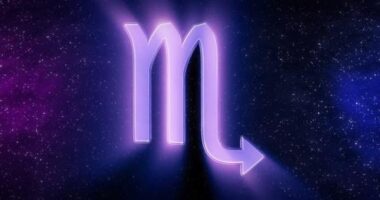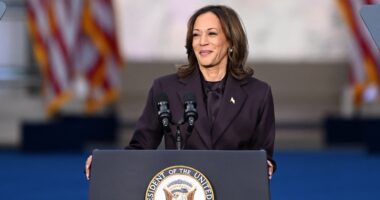As Pride Month draws to a close it’s a fitting moment to pause and celebrate the remarkable strides made in LGBTQIA+ cinema. Today, a vibrant spectrum of the community’s experiences flourishes across genres, from the chilling horror-drama of ‘I Saw the TV Glow’ and the fast-paced crime thriller ‘Love Lies Bleeding,’ to the fantastical romance of ‘All of Us Strangers” and the side-splitting hysterics of ‘Drive Away Dolls’ – LGBTQIA+ voices are weaving fascinating stories. Looking back, the relatively undiscovered 2014 film ‘Pride’, a Queer Palm winner at the Cannes, is one such example. A biographical comedy drama about an unlikely alliance between a group of LGBTQIA+ activists and miners, the film is a gender studies, history, and socioeconomics class all rolled into one. Its vibrant characters are portrayed by a stellar ensemble cast including Bill Nighy, Imelda Staunton, Dominic West, and Andrew Scott, among others. The movie starts off with a montage of news reports about a National Union of Mineworkers strike in 1984 and then United Kingdom’s Prime Minister Margaret Thatcher’s harsh reaction to it, with the Ralph Chaplin 1915 labour anthem “Solidarity Forever” playing in the background. Right after, Joe, a young man is seen sneaking into a pride parade in London. It’s his “first anything” so he doesn’t “want to be too visible”. But as it happens, he finds himself in the lead, holding a large banner that says “Queers! Better blatant than latent”. As the parade closes, reluctant Joe ends up joining the motley group Lesbians and Gays Support the Miners (LGSM) founded by a young Mark to collect money for the miners and their families. According to him, “It is about defending communities, jobs and services, and fighting against Thatcher and her destruction of the welfare state. It was a show of solidarity for the same fight as theirs.” The film’s message of solidarity and defiance is loud and clear from the get go. The story of Pride, the way it’s told in the film, is that of intersectional solidarity. Just as impermanence does not mean insignificance, light-heartedness does not necessarily mean lack of sincerity. Pride’s greatest strength is its ability to balance humour with poignant storytelling. The heart of the film comes from its focus on its characters – the miners and the queer activists. Pride takes the conscious decision to not directly address the issues that plague the lives of the LGBTQIA+ community. Issues of identity, family, carefully manufactured hatred, and of the commoditization of pride itself. Rather, it narrates their struggles through the story of their support for the miners. In doing so it radiates warmth and a genuine sense of hope while bringing us face to face with some gut-wrenching, heart-melting truths. As the film celebrates its tenth anniversary this year, the perfect way to learn more about intersectional consciousness would be to read acclaimed author filmmaker Tim Tate’s book (titled Pride: The Unlikely Story of the True Heroes of the Miner’s Strike) that came to be after the film. For those who have seen the film but not read the book, it will be a delightful reunion with familiar characters and a deeper, more nuanced exploration of their journeys. For those who are yet to see the film, get ready for an emotional experience, filled with laughter, tears, and a profound sense of camaraderie that transcends time and space. What is better, the book or the film is a trite question, especially here. Both addresses equally well albeit differently the deeply political nature of its subject. The film uses a linear narrative structure while the book is a series of interviews plugged together that reads like a play. Both the author Tim Tate and the director Matthew Warchus do a diligent job in representing the LGBTQIA+ and the mining community. Through their mediums they underscore the need for solidarity – especially amongst those who disagree with each other. At one point in the film the labour movement is described through a banner that the miners have – “I’ve got your back, you’ve got mine.” Strangely in this way, Pride is about the ongoing genocide in Gaza and fundamentalist violence faced by minorities, just as much as it’s about adoption and marriage rights for queer people. However, in their representation of the respective communities, neither the author nor the filmmaker masks the inherent problems of such movements, the complexity of their differences and noise that exists within them. If there is anything the book does more intensely than the film is address the male-controlled pyramids that subsist within queer communities. It delves into the narratives of the misogyny and lesbophobia faced by women within the LGSM movement. Pride is the feeling of finding out “you have a friend you never knew existed”. Picture this, two disparate groups came together in the face of adversity and they failed! In fact, at that time the miners didn’t win the strike and
Subscribe
Login
0 Comments




